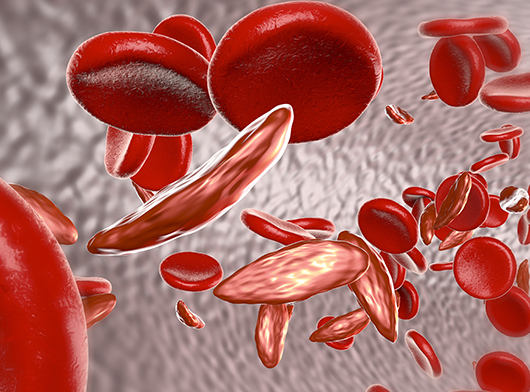It is more common in certain ethnic groups, including people of African descent, including African-Americans (among whom 1 in 12 carries a sickle cell gene) Hispanic-Americans from Central and South America. People of Middle Eastern, Asian, Indian, and Mediterranean descent. It can be found in any race and/or ethnic group.
Anaemia, or low blood levels, occurs in all forms of sickle cell disease. Some children may only have mild anaemia, but others will have severe anaemia. The anaemia can cause a child to feel fatigued or tired and can affect physical and mental growth as well. The most common and well-known complication is pain crisis. Pain crises occur when sickle cells block blood flow to a portion of a bone, and they can require visits to the sickle cell clinic or emergency room or even require admission to the hospital for treatment. Additionally, patients can develop a variety of problems with virtually all organs of the body as they get older. It is important to be aware that sickle cell disease is a chronic condition and, like high blood pressure or diabetes, can cause ongoing damage to the body even when the patient does not feel ill.


